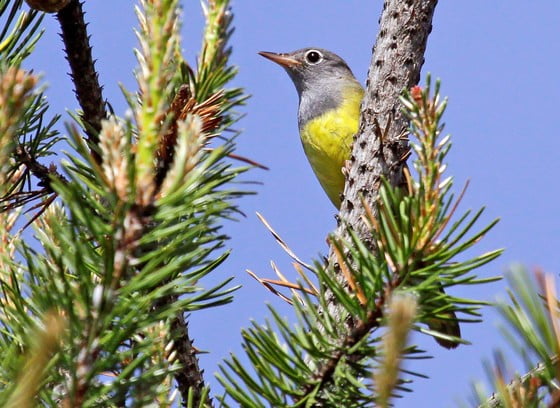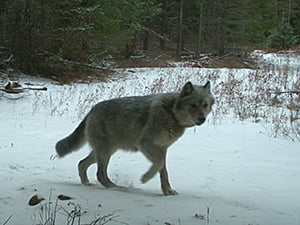
Cheyenne – Wyoming Sage grouse reproduction was up slightly in 2019 compared to last year, based on preliminary data from the wings of harvested chicks and hens. The wings are collected from hunters — primarily in central and southwest Wyoming — who voluntarily contribute sage grouse wings by dropping them off at designated collection points during the hunting season.
“Typically, we see ups and downs in sage grouse populations in a cycle. Biologists look at the trend or average over a longer period of time,” said Wyoming Game and Fish Department sage grouse/sagebrush biologist Leslie Schreiber. “So far, data shows there were 1.1 chicks per hen.”
The collected wings give an estimate of sage grouse reproduction and the number of chicks recruited into the fall population. Biologists counted 667 hen wings and 740 chick wings.
“This information helps us determine average number of chicks per hen that were produced for the year,” Schreiber said. “Used in conjunction with spring lek counts, wing data gives us insight into how sage grouse populations are doing in Wyoming.”
Last year, Game and Fish documented 0.8 chicks per hen. The recent rise in chicks is close to the population maintenance ratio.
“The average for maintaining populations is approximately 1.2 chicks per hen; a population growing has 1.5 chicks per hen, or more,” said Schreiber. “The rises and falls in chick production are all part of the cycle of sage grouse populations.”
Good moisture and habitat contributes to chick survival. During their first month of life, sage grouse chicks rely on a high-protein diet of insects. Spring and summer rains lead to increased grass and forbs like wildflowers, which in turn leads to more insects available for young birds.
A full analysis will be available in the sage grouse job completion report, which will be available on the Game and Fish website this spring.

